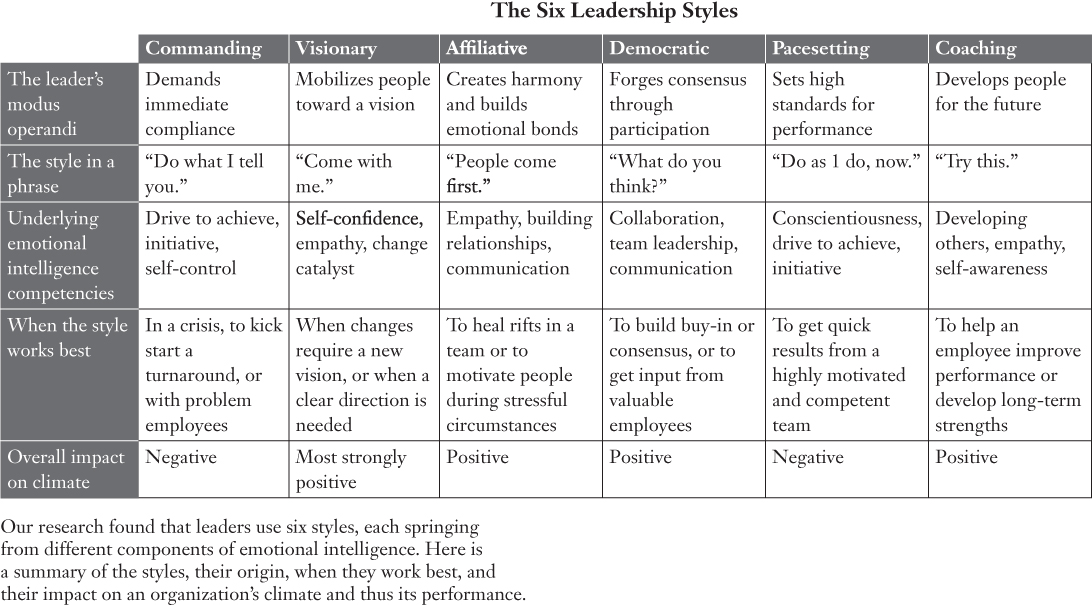
Chapter 9
Reality Check: How Toxic Is Your Work Culture?
The key to being a good manager is keeping the people who hate me away from those who are still undecided.
—Casey Stengel
The Harvard Business Review defines culture as “consistent, observable patterns of behavior in organizations.”1 It's how we work, speak to one another and treat each other. How we make decisions, what we tolerate, and how we feel day to day. You'll notice that this definition does not include snacks, free lunch, or unlimited vacations. Those are perks that help people tolerate a crappy culture.
As a company, it may sound great to be driving ongoing disruption, transformation, digitization, and innovation. But if the average employee isn't equipped to meet the challenge, then not so much. Companies all over the world tell us they feel like they're losing their culture. Increasing stress is turning more work cultures into a worsening mix of Hunger Games, Lord of the Flies, and Office Space.
I recently attended a Bersin by Deloitte Impact conference. They drew over 1,000 top human resources executives from around the world. In one panel on culture, I posed the question, “Would you agree that the majority of companies are experiencing toxic cultures?” The panel debated that for about 10 minutes. Ultimately, four of the top strategists in the world not only agreed, they estimated that 80% to 90% of companies they advise suffer from toxic cultures.
This wasn't surprising to the audience. We've already covered the stressors and trust issues. If you were to ask your employees in one or two words to describe your company culture, what would they say? More than a few might answer high‐stress, low morale, overload, insecurity, no control, no loyalty, or no community. Some may even use one long F‐bomb as it relates to the pace of business. It can be easy for leaders to get caught up in the grind and kick into autopilot, or what social psychologist John Bargh calls “automaticity,” in which the brain locks into unhelpful routines without even being aware of it.2 Or what I call, “same sh*t, different day” syndrome. What's feeding your company culture?
Emotional Culture Matters
In over a decade of research, Sigal Barsade and Olivia A. O'Neill, professors at Wharton and George Mason University, respectively, found that emotional culture influences everything from employee satisfaction, burnout, and teamwork to hard measures like financial performance and absenteeism. “Countless empirical studies show the significant impact of emotions on how people perform on tasks, how engaged and creative they are, how committed they are to their organizations, and how they make decisions.”3 Positive emotional cultures were consistently associated with better performance, quality, and customer service. Likewise, negative emotional cultures were associated with group anger, sadness, fear, poor performance, and high turnover. Early in my career, I experienced this first hand as the CFO of a division of a public company that changed CEOs five times in six years. Gulp. Talk about stress. It was like building on quicksand. Emotional culture matters.
Stress and the Commanding Leader
When the subject comes to company culture, ongoing stress and negative emotions translate into people not treating each other well. In his book, Emotional Intelligence, Daniel Goleman researched six different leadership styles. We each have a desired way of being. That could be coaching, visionary, affiliative, pacesetting, or democratic.4 Each is self‐explanatory and descried in the Figure 9.1. It's no surprise that when leaders get stressed, they tend to adopt the sixth leadership style, “Commanding.” That sounds like “No excuses. Hit the numbers. Get it done. Ship the product. Just make the client happy.”

Figure 9.1 What's your default leadership style?
Source: Modified and reprinted with permission. Goleman, Daniel, “Leadership that Gets Results” Harvard Business Review. March‐April 2000 p. 82‐83.
If company culture is made up of consistent, observable patterns of behavior, then enough stressed‐out managers make for a highly commanding culture. The shorthand for this commanding management style is what most would recognize as “faster, cheaper.” In my experience, this is table stakes in most companies. You have to be running a more‐with‐less playbook to keep pace. That doesn't mean it's fun. But it's important to balance this necessity by developing a culture with the right communication, training and intention.
It's Easy to Slip
I've fallen victim to the commanding style on too many times to count. In my late 20s, I was the youngest divisional CFO in Young & Rubicam's history. And a little full of myself. In the early days of hacking, the FBI contacted our company to inform me that we'd been hacked. Our payroll records were accessed and sold to criminals. That resulted in certain employee bank accounts being compromised. We met with the FBI and the impacted employees. As the FBI approached a breakthrough in their investigation, they asked us not to alert others because it could compromise their investigation. We agreed. Immediately following that meeting, one employee took it upon herself to send out a blast email to the company. It compromised the investigation. Sitting in my office, she made it clear that she didn't care. This was frustrating for me. I thought I was a big deal. I was the CFO. I had a small sofa in my office and everything. My emotions got the best of me. Dropping into a commanding style, I stood and pointed to the door, “Get out of my office.” She said, “No.” I didn't really have anything else to say. So I left. It was a sad day for emotional intelligence skills. But a great learning experience for me.
Rearranging Deck Chairs
Unless you're actively addressing the primary drivers of employee stressors, you might describe your culture as “We demand faster, cheaper and ignore systemic market forces in the face of increased evidence that employees don't like it here. And we have good snacks.”
If your culture is simply accepting disruption, speculation, and frustration as the norm, you may have a culture problem that a PR spin won't help. Negative emotions are part of a company's emotional culture. Here are a few ways to manage them effectively:
- Look for ways to emulate the companies showcased in Raj Sisodia, David Wolfe, and Jag Sheth's book, Firms of Endearment: How World‐Class Companies Profit from Passion and Purpose. In it, they describe humanistic companies that “seek to maximize their value to society as a whole, not just to shareholders. They are the ultimate value creators: They create emotional, spiritual, social, cultural, intellectual, ecological, and, of course, financial value. People who interact with such companies feel safe, secure, and fulfilled in their dealings.”8 Employees enjoy working for these companies. Customers enjoy buying from them. And communities enjoy having them as neighbors. Of the 76 companies showcased, all have incorporated mindfulness training programs into their culture. This includes Adobe, Costco, Disney, Southwest Airlines, Whole Foods, REI, Trader Joe's, USAA, BMW, IKEA, Unilever, and Honda. As a group, they outperformed the S&P 500 stock performance by eight times. More proof that humanistic, mindful, and emotionally intelligent business practices create a competitive advantage.
- Bring people together to create community. Whether it's monthly happy hours, celebrating big wins with team karaoke, or offsites, a team that bonds with one another builds a healthy company culture that is imperative to sustainable high performance.
- Add mental wellbeing to your quarterly staff surveys. When in doubt, ask. Check in on the level of employee stress in an open and transparent way with the intention to open up the conversation instead of ignoring it.
- Recognize the numbers. One in five Americans suffers from depression or anxiety.9 That's at least two members of your 10‐person board of directors. That's 10 people in a 50‐person sales department. You may not know who they are, but you can create a culture that supports mental wellbeing.
When things get busy, the first thing that goes is that we forget to take care of ourselves. Performance suffers when wellbeing slips. Find what the biggest issue is first and focus on that for a quarter. Then move on to the next big thing. Remember the old African proverb, “If you want to go fast, go alone. If you want to go far, go together.”
